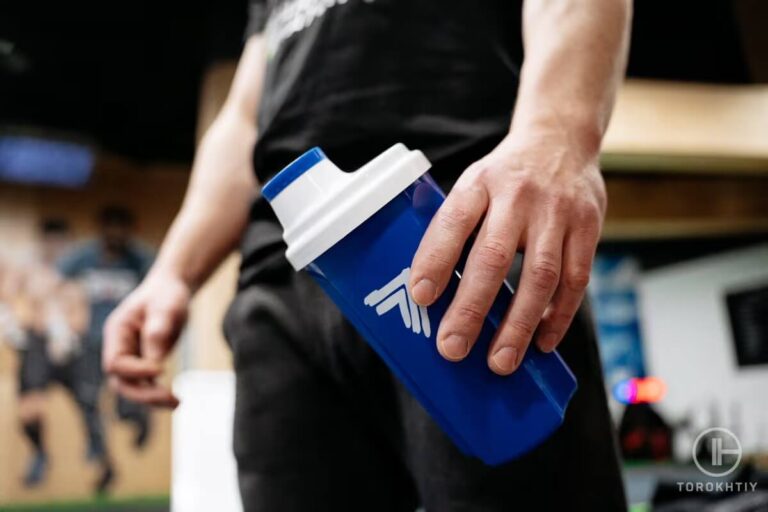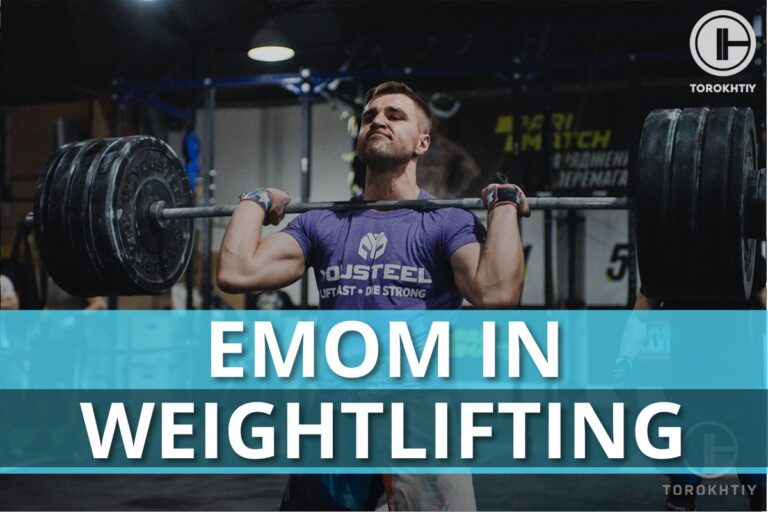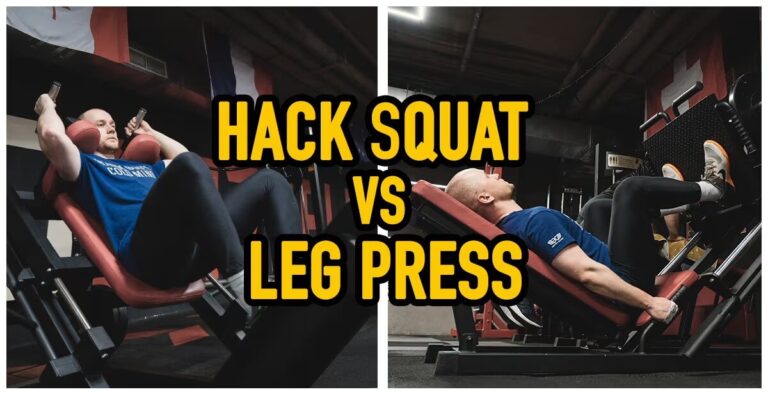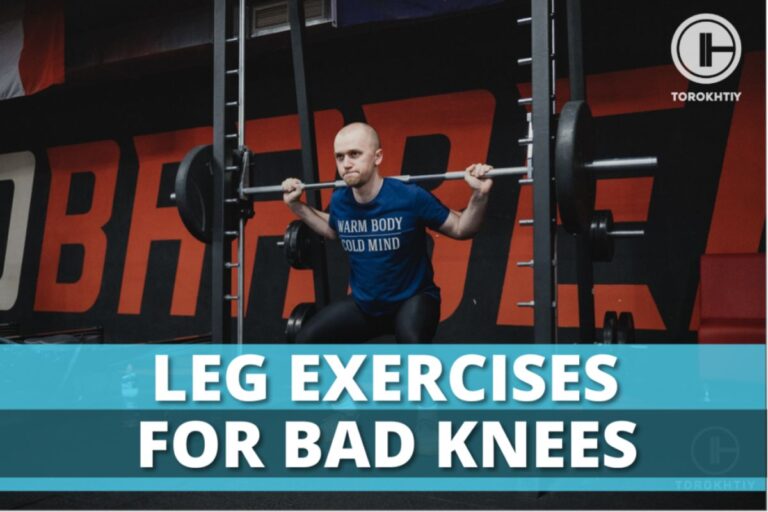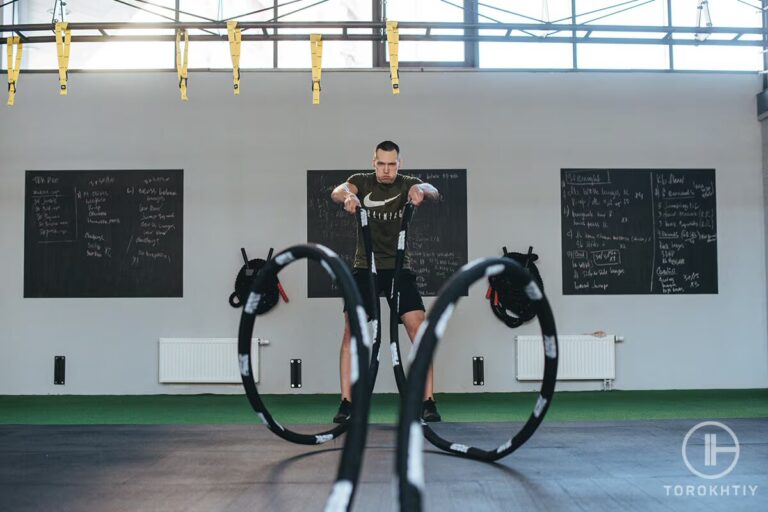What Weight of Dumbbells Should I Use?
All newcomers to the gym typically wonder what weight dumbbells to use. However, the answering this question isn’t straightforward and depends on many factors – what exercise you’re performing, your experience with lifting weights, and the goals you have for your training. With that said, in this article, we hope to help you learn how to determine how heavy should dumbbells be for every workout you do.
What weight of dumbbells should I use? It depends on a variety of factors such as your lifting experience, the exercise you want to perform, and your training goals. Different weights should be used for every exercise and for every workout.
How to Pick the Right Dumbbell Weight
Choosing the right weight for you is a process. And it depends on various factors, from what you hope to achieve with your training sessions to your fitness level and the kind of exercise you want to do. Below, we will be taking an in-depth look into all the factors that go into determining the best weight for you so that your workouts can be both challenging and effective without you having to risk injury or while not feeling like the sessions are too easy.
Let’s get started.
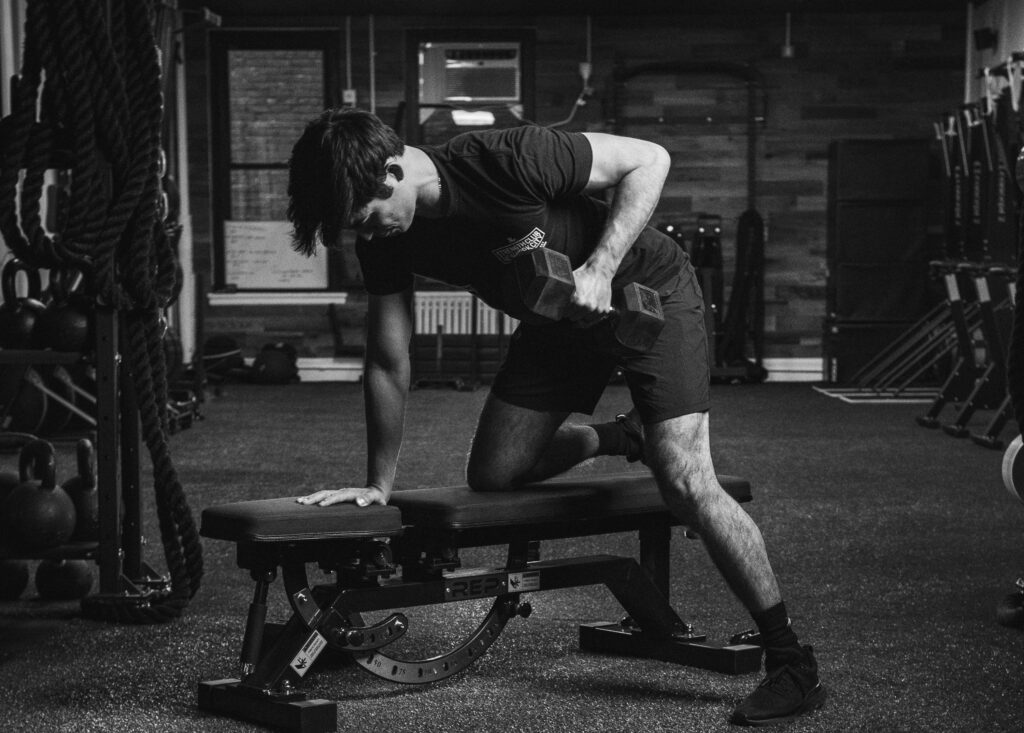
Determine Your Physical Level
The very first thing you should do before asking, “What weights should I start with” is to determine your fitness level. Typically, people get divided into one of three categories: beginner, intermediate and advanced. After that, there are professional athletes and fitness coaches who fall into their own category.
BEGINNER LEVEL
If you have never trained or if you have trained in a sport, but have not done weightlifting and gym sessions, then you likely fall into this category. Beginners are people with limited experience, who may have trained in a different sport, but who are new to lifting, so they need to start slowly. When you first start going to the gym, learning the right form for each exercise is more important, instead of focusing too much on the weight you’re lifting. A mistake that beginners often make is to start lifting more than they can from the start, and thus, they end up compromising on form, which can lead to future injuries. That’s why it’s recommended to start slowly and do all your exercises with a lighter weight at the start until you have a good grasp on the correct way to perform each exercise.
INTERMEDIATE LEVEL
You likely fall into this category if you’ve been training anywhere from a few months to a year. Here, it’s expected for you to know the fundamentals well enough and to have already a specific purpose behind your training – that might be losing weight, toning the muscles, gaining strength, or lifting for aesthetics. If you’re an intermediate-level lifter, the most important thing is to pace yourself, meaning train with weights that challenge you but that aren’t too heavy and lead to you lifting with bad form. At this point, you should know when to change weights and have a better feel for what kind of dumbbells to use, depending on the goal of the training session and the exercise you’re performing.
ADVANCED LEVEL
People who have been going to the gym for many years, maybe have competed in a lifting competition or something similar, fall into this category. Once you’re at that level, you can determine what kind of weight to lift, depending not only on your goals and the exercise you’re doing but also on how you feel during each training session. Advanced lifters know that there are some days where lack of sleep, stress, and even previous training sessions can affect your strength levels and so you may need to drop the weight and train with a lower weight than you might have wanted to. At this stage, most lifters have developed a feel for their body and know themselves well enough, so they can quickly adjust the weight to achieve the desired long-term results.
Decide What You Want to Achieve
What kind of goals you have with your lifting is vital for determining what dumbbell sizes/weights you should use. All fitness professionals will tell you that the kind of weight you’re supposed to be lifting largely depends on what kind of workout you’re doing, and so you have to learn how to adjust the dumbbell weight based on how many repetitions you’re doing and with what kind of intensity. Let’s explain this further.
FAT LOSS TRAINING
If you’re training for fat loss, you will be looking to do workouts that are more cardio-based and that make you sweat more. This typically includes HIIT and circular-style training sessions, where you have to switch from one exercise to the other quickly, and you’re looking for speed and intensity. That’s why for this kind of workout, you need weights that will not be difficult to lift and will almost not be a challenge for you if you have to do the exercises at an average or slow pace.
TRAINING FOR TONING
When training for toning, you typically want to go with a slower pace when performing each exercise, and you’re looking for progressive overload, meaning being able to lift more over a period of time. This kind of training usually includes doing each exercise for 12 to 15 reps and not going to the max weight you can lift every time. Instead, here the weight should be challenging, but not too heavy. Additionally, training for toning means combining cardio activities like running or cycling with your gym workouts for maximum effectiveness.
INCREASING STRENGTH
Training with the goal of increasing strength is completely different, on the other hand. Unlike the two previous types of training we discussed, here, your aim is to lift as much as you can, even if you only do it for 1 to 5 repetitions. Like training for toning, building strength also requires progressive overload and so you have to look towards gradually increasing the maximum weight that you can lift. As you can probably tell, you will need to use the heaviest kind of dumbbells you can lift for this training goal – here, your goal isn’t to overload your aerobic system, so you can take the time and do each exercise as slowly as you need to and you can also take rest as needed.
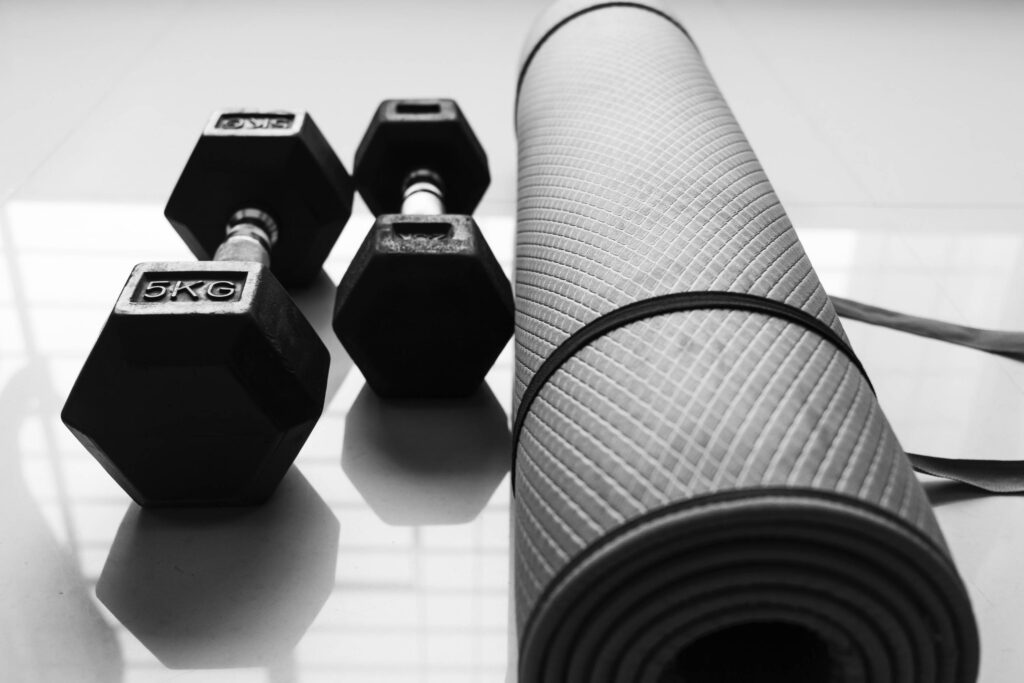
The Kind of Training Session You’re Having
Typically, we divide training sessions into ones for the upper or lower body and also full body sessions. Similar to how the weight differs depending on your goals, it also changes depending on the part of your body you’re targeting. In most cases, people are able to use heavier weights when training the lower body and less weight when targeting the arms, back, and chest. Along with that, full body sessions usually require the use of weight that’s not close to your maximum, as they’re typically circular workouts that do more for toning and weight loss than for building strength.
Let’s explore this further.
LOWER BODY SESSIONS
Most people and especially women, can lift more weight with their legs compared to the back, arms, shoulders, and chest. That means that when you’re doing a workout focused on building lower body strength or that mainly consists of exercises that primarily use the leg muscles, you can use heavier dumbbells. This applies to all workout types, including fat loss and toning ones – after all, you need a challenge even in that kind of session. Lower body-focused training usually includes exercises such as the squat, Romanian deadlift, and lunges. These three basic exercises have many variations which you can incorporate to target particular muscles such as the glute and the hamstring. When it comes to the kind of weight you should use for each of these exercises, typically, the heaviest set of dumbbells should be for the squats and the lightest for the lunge, especially if you’re doing many repetitions.
UPPER BODY SESSIONS
As mentioned, usually, people use lower weights for the upper body days compared to the lower body ones. However, an important note to make here is that there’s also a difference in the kind of weight you should use, depending on what upper body part you’re training. For example, the back for many (especially males) is strong enough to take a set of heavy dumbbells, and in most cases, you will want to use the heaviest weight when training it. On the other hand, the shoulders and the arms are a lot less strong, and so, when performing exercises that target them, you should lower the weight so that you can perform the exercises with the correct form.
FULL BODY SESSIONS
People who do full-body sessions typically don’t look to build muscle and are doing it to tone the body or to lose fat. Or they’re gym beginners who first need to develop their overall strength before training each muscle group separately. For that reason, when doing full-body, circuit-style workouts, it’s a good idea to steer clear of weights that are too heavy and instead choose a set of dumbbells that present a challenge, but that you’re able to lift for ten or more repetitions.
When and How to Increase Dumbbell Weight
We talked at length about the dumbbell weights for beginners, and we mentioned that over time, you should look to increase the amount of weight you’re lifting. But that leads to the question of how and when you should do that. Let’s try and give an answer.
I love to explain when to increase weight by giving an example. Let’s say you’re doing a bicep curl for ten repetitions. At the start, you should find the last two or three reps challenging to do with the correct form. Okay, but two months in, if you feel like you do the 10 reps without any issue and you’re able to do even three or four more, then that’s a sign to bump up the weight you’re lifting. However, you should keep the pace slow – increasing the weight doesn’t mean switching from a set of 5-pound dumbbells to a set of 10-pound ones in a day. Instead, if you’re currently using 5 pounds, go for 6 pounds or 7.5 – increasing the weight gradually will allow you to keep maximizing your reps and to do so with correct form.
Because you always want to be able to do progressive overload, it can be difficult to answer the question “what weight dumbbells should I buy” for people who want to build a home gym. If the answer is to get a set of 5-pound dumbbells and another set of 10-pound ones, then you get limited in your ability to progress over time, as jumping from 5 to 10 pounds is quite the journey. That’s why if you ask me what size dumbbells you should buy, I will always advise you to go ahead and invest in a set of adjustable dumbbells. The best dumbbell weight for home is the one that can be changed according to your fitness level, workout session, and your goals. That’s why even though they’re more expensive, adjustable dumbbells are the best way to ensure you get effective workouts from home.
F.A.Q
Can I get ripped with just dumbbells?
If you follow a good training plan and you keep to your assigned diet, you can get ripped even by just using dumbbells for your workouts.
What weight dumbbells should a beginner use?
Beginners should start with light weights until they learn the proper way to perform each exercise and until they have enough strength to start progressing and up the weight.
What size dumbbells should a woman use?
Your gender doesn’t determine the dumbbell size you need to use. Instead, it depends on your goals, the workout you’re doing, and your overall fitness level.
In Conclusion
Choosing what kind of weights to use as a beginner is a challenge. Hopefully, this article gives enough information so that you can make an informed decision in your next training session. In the meantime, share with us in the comments what you found to be the most difficult as a beginner in the gym.
Also read:
- Best Cast Iron Dumbbells
- Best Cheap Dumbbells
- Best Neoprene Dumbbells
- Best Olympic Dumbbell Handles
- Best Rogue Dumbbells
- Best Rubber Hex Dumbbells
- Best Urethane Dumbbells
- Heaviest Adjustable Dumbbells
- Ativafit Adjustable Dumbbell Review
- Core Fitness Adjustable Dumbbells Review
- Weider Adjustable Dumbbells Review
References:
- Why is Proper Workout Form Important? // OSRPT: https://www.osrpt.com/2018/05/proper-workout-form-important/
- How to Build Muscle Strength // Health Line: https://www.healthline.com/health/fitness/how-to-build-strength-guide
- Circuit Training Everything You Need to Know // NASM: https://blog.nasm.org/circuit-training-everything-you-need-to-know
Why Trust Us?
With over 20 years in Olympic Weightlifting, our team does its best to provide the audience with ultimate support and meet the needs and requirements of advanced athletes and professional lifters, as well as people who strive to open new opportunities and develop their physical capabilities with us.
By trusting the recommendations of our certified experts in coaching, nutrition, dietology, and sports training programming, as well as scientific consultants, and physiotherapists, we provide you with thorough, well-considered, and scientifically proven content. All the information given in the articles concerning workout programming, separate exercises, and athletic performance, in general, is based on verified data. We ensure that you can rely on our professionals’ pieces of advice and recommendations that can be treated as personalized ones which will benefit you and fully meet your needs.
The product testing process is described in more detail here
Author: Ihor Shymechko
Pro Olympic Weightlifter, Coach
Best Results: Snatch – 208 kg,
C&J – 240 kg
Ihor has been a professional weightlifter since 1996, boasting over two decades of competition experience. His notable achievements include clinching the European Championship in 2009 and securing a silver medal in the 105kg division at the Senior World Championships in 2011. Ihor represented his country in the 2008, 2012, and 2016 Summer Olympics. After retiring from competitive weightlifting, he transitioned to coaching, leveraging his vast experience to guide athletes who now compete on both national and international stages.


